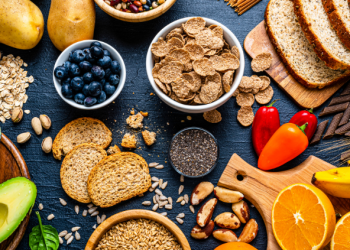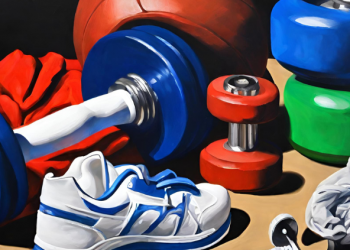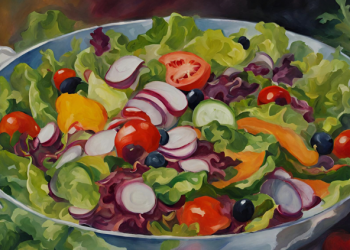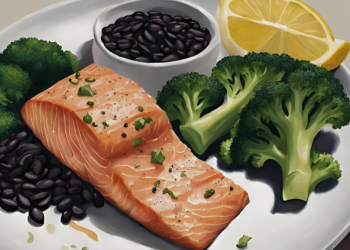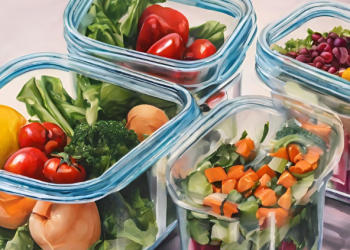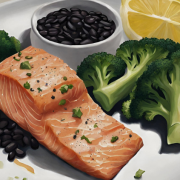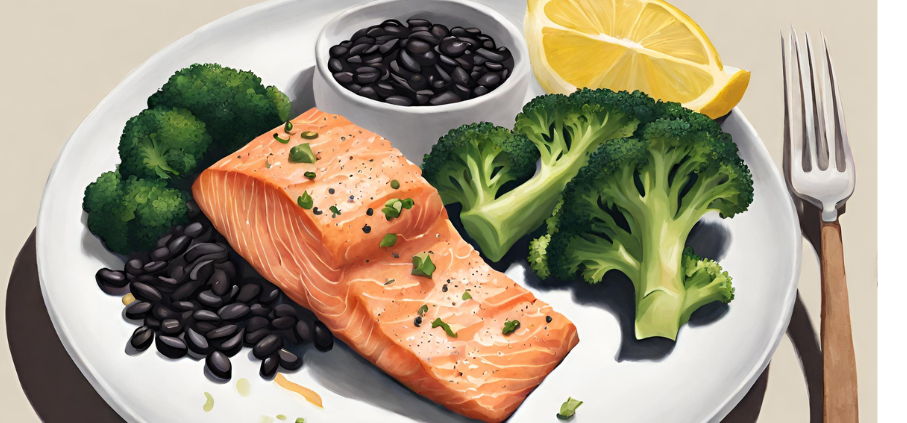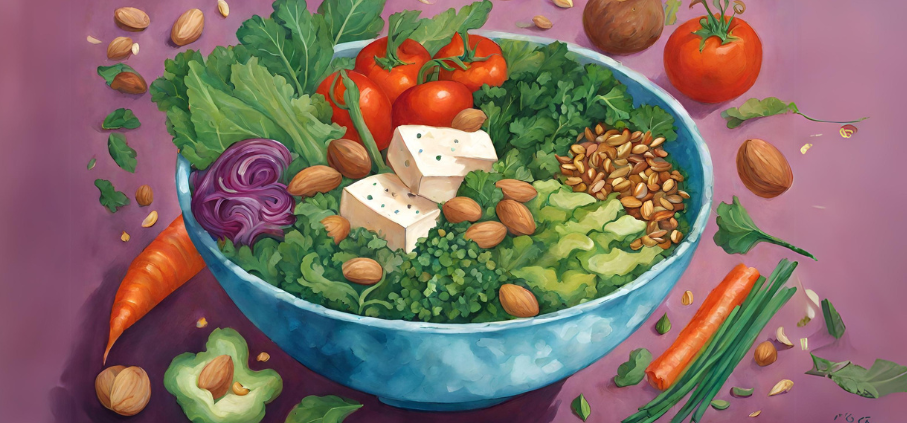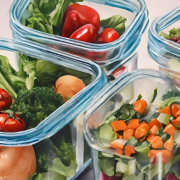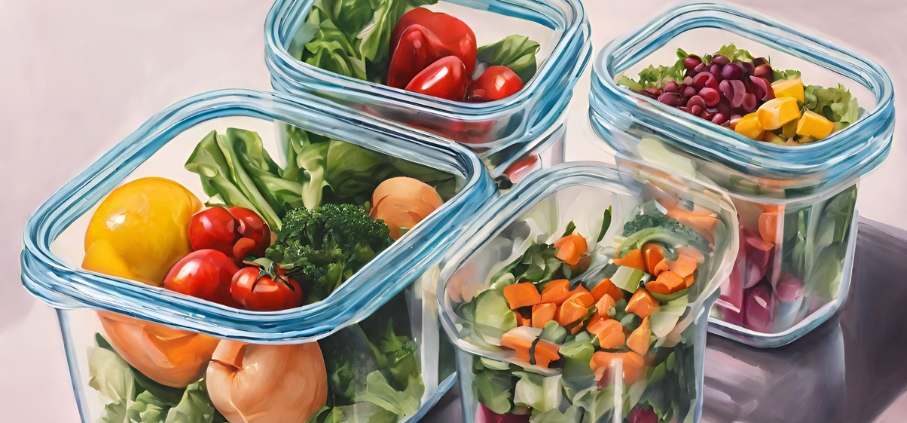By Maya Shetty, BS

This blog is part of our Nutrition newsletter. If you like this content, sign up to receive our monthly newsletter!
“Salud!” If you’ve ever raised a glass to your health, you’re not alone. For decades, many have believed that minimal alcohol consumption is potentially beneficial for your health. However, not every researcher would agree. A growing body of evidence reveals health concerns about alcohol use, making it crucial to understand the spectrum from harmless to harmful levels of consumption to keep your body healthy.
“Alcohol will impact everyone’s health differently,” says Douglas Noordsy, MD, Clinical Professor of Psychiatry at Stanford University School of Medicine and Assistant Director of Stanford Lifestyle Medicine. “Rather than a daily habit, drinking alcohol should be seen as an indulgence, something you have once in a while to celebrate.”
Experts have conflicting views regarding how much alcohol carries risks. Some believe that drinking in moderation is safe, while others believe that even light drinking can cause harm.
“While many believe light to moderate alcohol intake is safe and even healthy, this reality is far from true,” states Cindy Kin, MD, a colorectal surgeon and Associate Professor of Surgery at Stanford University. “In fact, no level of alcohol can be considered beneficial for our health.”
Isn’t One Glass of Red Wine Good for the Heart?
“Studies have gone back and forth, with some suggesting potential cardiovascular benefits of light drinking, while others point to increased risk of cancer and liver disease even when consumed at low intake levels. As a result, many are confused about headlines proclaiming alcohol as either good or bad for health,” says Dr. Noordsy.
The origin of this belief traces back to the 1980s, rooted in a concept known as The French Paradox–the observation that despite consuming a diet high in saturated fat, France had a low incidence of heart disease. Researchers of the era decided that this unexpected trend was attributed to the widespread consumption of wine in the region. This correlation led to extensive research into wine and the identification of polyphenols, thought to be responsible for wine’s apparent cardioprotective potential.
Since then, numerous observational studies have claimed that light to moderate wine intake has beneficial effects. “However, these studies overlooked some crucial factors,” says Dr. Kin. While early observations indicated poorer cardiovascular outcomes for non-drinkers than for moderate drinkers, researchers overlooked that many non-drinkers abstained due to existing health conditions that led to overall poorer health outcomes. Additionally, those self-identified as light drinkers were more likely to lead healthier lifestyles overall. This oversight has fostered a misleading impression that associates better cardiovascular outcomes with light drinking, falsely implicating alcohol as the causal factor. As a result, enjoying a glass or two of wine a day has become widely accepted as a healthy habit.
While red wine contains antioxidants like resveratrol, found in grape skins as well as in peanuts, dark chocolate, and blueberries, which might have heart-healthy benefits like reducing cholesterol and lowering blood pressure, the quantities are often misunderstood. To achieve the levels of resveratrol observed beneficial in mice studies, one would need to consume an impractical amount of red wine—somewhere between a hundred to a thousand glasses daily. Thus, while the idea of resveratrol’s benefits is enticing, the practical reality makes it an unrealistic source for therapeutic effects.
How Much Alcohol is Too Much?
Many people believe alcohol becomes a concern only when consumed excessively. “Excessive alcohol use” is defined as exceeding the US Dietary Guidelines’ recommendations, which advise males to limit themselves to two drinks per day and females to one drink per day, on average. Two-thirds of adult drinkers report drinking above this level at least once a month.
However, a growing body of recent research shows that even modest quantities of alcohol can be harmful to our health. Such consistent findings have prompted the World Health Organization to assert that “when it comes to alcohol consumption, there is no safe amount that does not affect health.”
The main issue with alcohol is that it enters the bloodstream and quickly spreads throughout the entire body (especially when consumed without food). Unlike most substances, alcohol is both water- and fat-soluble, allowing it to permeate nearly every cell and tissue, including the highly secure blood-brain barrier that protects our central nervous system.
While the liver does most of the alcohol metabolism, other organs also process alcohol, such as the kidneys and lungs. As our organs work to break it down into a usable fuel source, acetaldehyde is produced, which is toxic due to its ability to damage and kill cells indiscriminately. As acetaldehyde enters the brain, it causes a disruption in our neural circuitry that creates the sensation of “tipsiness” associated with alcohol. And, the more “tipsy” one feels, the greater the amount of toxic acetaldehyde in the blood.
Rather than following strict guidelines about how much to drink, Dr. Noordsy recommends that individuals take note of their personal perceptions of intoxication and pace themselves accordingly. He recommends using the feeling of being “tipsy” as the signal to slow down or stop drinking. “The ‘tipsy’ feeling is the indicator that blood alcohol levels have risen to the point that you’re starting to put your health at risk. And the more ‘tipsy’ you become, the higher the risk,” states Dr. Noordsy. “If you’re having alcohol with food, your blood alcohol level won’t be as high as compared to having drinks by themselves. So, if you’re enjoying a glass of wine as part of your meal, that’s a very different thing than drinking in a way that’s leading to the feeling of intoxication.”
Health Concerns Linked to Alcohol Use
Recent data from the World Health Organization reveals that each year, alcohol contributes to three million deaths globally and accounts for 5.1 percent of the worldwide burden of disease and injury. Alcohol’s detrimental effects span more than 200 disease and injury conditions, encompassing everything from alcohol dependence and liver cirrhosis to a range of non-communicable diseases (such as heart disease, cancer, chronic respiratory disease, and diabetes) and mental health disorders.
Liver Disease
Acetaldehyde, a derivative of alcohol metabolism, inflicts significant harm on the body’s cells, especially within the liver. Given the liver’s primary role in detoxifying our bloodstream, it bears the brunt of the detrimental effects of alcohol metabolism. This continual strain can result in the buildup of fat, chronic inflammation, and potentially irreversible damage to the liver.
A study analyzing the livers of 3,649 participants discovered a concerning correlation: as daily alcohol intake increased, so did the accumulation of fat in the liver. Alarmingly, no identifiable threshold existed below which these harmful effects were absent, suggesting that even individuals who consume alcohol in minimal amounts are not immune to the accumulation of liver fat.
Fat accumulation hinders the liver’s vital metabolic functions, including blood sugar regulation, cholesterol processing, and nutrient absorption. It also increases the risk of inflammation around the liver, known as alcoholic hepatitis.
“The good news is that abstaining entirely from alcohol can reverse these changes, however, continuing to drink alcohol can lead to irreversible damage, scarring, liver dysfunction, and in advanced cases, liver failure,” states Dr. Kin. “This is especially concerning because fatty liver often presents no early symptoms, with individuals potentially unaware until it advances or results in serious complications.”
Another important consideration is that people who have non-alcoholic fatty liver disease, caused by obesity and other metabolic syndromes, have a much higher risk of developing alcoholic liver disease.
“This means that even small amounts of alcohol will cause the same level of alcohol-related liver disease (fibrosis, cirrhosis, etc.) as would larger amounts of alcohol consumed by someone without underlying fatty liver,” explains Dr. Kin. “Therefore, people who are already dealing with metabolic diseases should be extra cautious around alcohol because their livers are working extra hard already.”
Cancer
Alcohol is designated as a carcinogen by the International Agency for Research on Cancer due to its association with higher risk for many common cancers.
“Alcohol increases cancer risk specifically in areas it is in close contact with, such as the mouth, pharynx, and digestive tract. It also has carcinogenic effects throughout other parts of the body,” states Dr. Kin.
Underlying its harmful effects, chronic inflammation from alcohol consumption elevates cell turnover, heightening DNA mutation risks. Additionally, alcohol is believed to promote tumor growth while inhibiting tumor-suppressive molecules.
In 2017, the European Union reported nearly 23,000 cancer cases tied to light to moderate alcohol use, with half attributed to female breast cancers. Even at levels as low as three drinks per week on average, there is a slight but measurable increase in breast cancer risk. Notably, raising daily alcohol intake by just 10 grams—equivalent to what’s in a standard beer or wine—escalates the risk of breast cancer by 10 percent.
Cardiovascular Health
Despite popular belief, alcohol consumption, regardless of the amount, is linked to an increased risk of cardiovascular disease. A comprehensive study of 371,463 individuals found that as alcohol consumption increased, so did the risks of conditions like hypertension and coronary artery disease. Light alcohol intake (less than 8.4 drinks per week) led to a minimal but noticeable increase in cardiovascular risk. Researchers also found that when accounting for various lifestyle factors, the perceived protective benefits of modest alcohol intake against cardiovascular risks diminished significantly.
There are numerous reasons hypothesized for these detrimental effects, especially surrounding the metabolic effects of alcohol. “Alcohol offers no nutritional benefits; it’s essentially empty calories that are consumed on top of the calories required by your body. On top of this, alcohol interrupts the body’s regular metabolic functions. As the body prioritizes removing this toxic substance, it compromises processes like nutrient absorption and fat metabolism. This disruption promotes the storage of visceral fat, the harmful fat surrounding organs,” explains Dr. Kin. “This fat increases inflammation and poses significant risks, especially around the heart.”
Hormone Imbalance
Alcohol consumption raises estrogen levels in both males and females by increasing the activity of the enzyme responsible for converting androgens to estrogen. This accelerated conversion can lead to issues like gynecomastia (enlarged breasts in males), decreased libido, and increased fat accumulation. Additionally, consistent alcohol exposure can reduce testosterone levels over time, which is associated with reduced libido, fatigue, decreased bone density and muscle mass, and potential fertility issues in both males and females.
Additionally, regular alcohol consumption of more than 3.5 drinks per week for males and 2.6 drinks per week for females can cause chronic changes and reduced control of the hypothalamic-pituitary-adrenal axis. This disturbance may lead to an increase of the stress hormone cortisol released throughout the day.
Microbiome Issues
Alcohol also disrupts the gut microbiome by killing beneficial bacteria and other essential microbes. Additionally, alcohol’s pro-inflammatory properties trigger the release of inflammatory cytokines, causing gut inflammation and making the intestinal lining more permeable. This increased permeability can allow undigested food particles to enter the bloodstream. Over time, chronic alcohol consumption can further imbalance the gut microbiome, promoting bacterial overgrowth and dysbiosis. These disruptions can trigger immune responses, increasing susceptibility to food intolerances.
Brain Health
When alcohol is consumed, it enters the brain and suppresses neural networks involved in memory formation and storage. Through chronic consumption, this disruption can have permanent effects. A study involving over 36,000 middle-aged adults revealed that even moderate drinkers, consuming one to two drinks per day on average, displayed thinning of the neocortex and other brain regions, indicating neuron loss. This research also found that increased alcohol consumption correlates with diminished brain volume and reduced gray matter, which are the areas of the brain highly concentrated with neurons. As alcohol intake rose, so did the severity of these detrimental effects.
Fortunately, for most casual drinkers, abstaining from alcohol for two to six months can reverse damage to the prefrontal cortex and neural circuitry. However, chronic users may only experience partial recovery and might endure lasting effects.
“As alcohol consumption increases, so does one’s risk of cognitive decline and dementia,” states Dr. Noordsy.
Mental Health
As anxiety and depression continue to rise in the US, alcohol use also increases as individuals self-medicate to reduce stress. Also, the nightly glass of wine may cause more stress the following day since it impairs cognitive and physical performance, reducing one’s ability to cope. “During the pandemic, we observed a startling rise in cases of alcohol-induced hepatitis, indicating a growing reliance on alcohol as a coping mechanism,” says Dr. Kin.
One study, however, showed that light to moderate alcohol consumption may be beneficial to mental health by offering short-term relief by reducing stress signals in the brain. Although Dr. Noordsy acknowledges this study, he states that “learning to manage stress through physical exercise, mind-body and mindfulness practices can lead to safer and likely more effective mediation of impacts of stress than relying on alcohol use.”
Is There a Healthy Way to Consume Alcohol?
Given the extensive research on the detrimental health effects of alcohol, both Dr. Kin and Dr. Noordsy recommend abstaining from alcohol, or at least drinking very rarely, if one is experiencing or has a family history of liver disease, cancer, cardiovascular disease, hormone imbalances, gut microbiome issues, dementia, or mental health disorders, including addiction.
The precise amount of alcohol that is harmful is difficult for experts to confirm because it’s different for each person. Therefore, when it comes to alcohol and health, Dr. Noordsy recommends a balanced, personalized approach keeping in mind one’s individual risk factors and health goals.
“While heavy, regular consumption is linked to health problems, an occasional drink with meals may pose little risk for most adults,” says Dr. Noordsy. “However, individuals with personal or family histories of certain cancers or other conditions may need to be more careful with alcohol intake. We put thought into our nutrition and exercise habits, and we need to be just as thoughtful about the role that alcohol plays in our lives and make informed decisions regarding how much is the right amount for ourselves.”
Although less inclined to recommend light alcohol consumption, Dr. Kin acknowledges that it is an ingrained part of people’s social and cultural lives, similar to many other things that individuals consume that do not contribute to health. So, she encourages individuals to reframe their mindset around alcohol.
“Rather than viewing alcohol as a daily routine, consider it a treat reserved for special occasions or celebrations, much like enjoying a slice of birthday cake,” she says.









